Tobago has been described as a great destination for a bad birdwatcher. Why? Because its avian denizens are so varied, so colourful and, often, so easy to spot – you’re bound to encounter dozens of spectacular species on even a brief visit. Lying at the far south-east of the Lesser Antilles near the Venezuelan coast, this slender island hosts a mix of Caribbean and South American flora and fauna, including some 260 species of birds.
Its extraordinary biodiversity inhabits a compact package spanning just 116 square miles, yet encompassing a host of habitats: white-sand beaches, mangrove swamps, coral reefs, seabird-city islets, highland rainforest; even golf courses, sewage works and reservoirs are bustling with birds. And in October 2020, north-east Tobago was awarded UNESCO Man and the Biosphere Reserve designation hosting more than 1,770 species including 41 endemics. Expect to spy iridescent hummingbirds and enormous boa constrictors, nesting turtles and iguanas, agouti and translucent glass frogs. Add a vibrant culture, delicious seafood and bath-warm waters and you’ve the recipe for a wildlife-lover’s feast.
Our Tobago travel guide looks at the best species to spot and explains why this beautiful tropical island should be on your bucket list.
How do I get to Tobago?
Tobago’s international airport receives direct flights from the UK, US and other Caribbean islands. It’s a short flight from Piarco airport on sister island Trinidad.
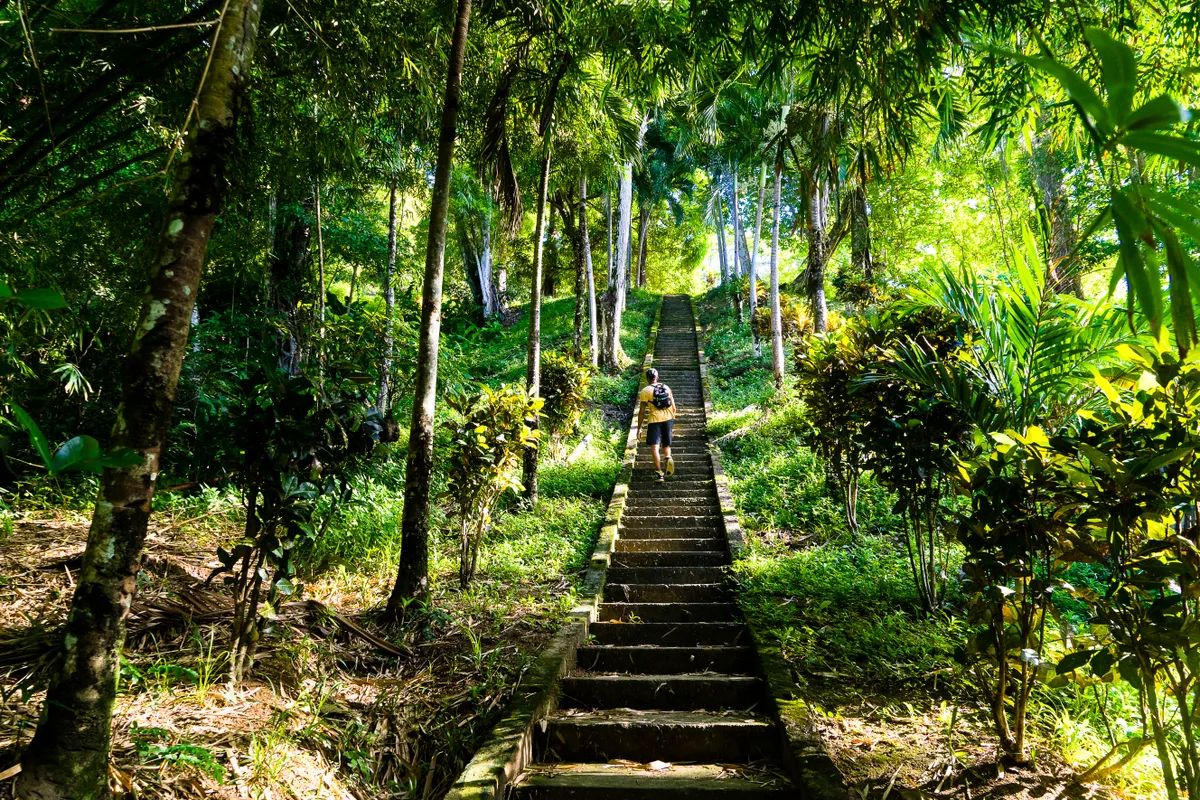
When should I visit?
The driest season, when humidity is lowest and daytime temperatures peak in the high 20s Celsius, is January–May; there’s a short dry interlude, the Petit Carême, mid-September to mid-October.
How can I explore?
Self-drive is straightforward, with a non-stop journey the length of the island taking around 90 minutes. Several expert local guides run birding tours and other activities; various UK tour operators, including Naturally Tobago also offer tailor made and guided group itineraries including to Tobago.
Where and how can I spot wildlife?
Several expert birding guides are available to lead tours into the various key destinations.
The Unesco-listed Main Ridge Forest Reserve, spanning nearly 4,000 hectares and rising to 572m, is the oldest protected forest in the western hemisphere, designated a Crown Reserve in 1776. Its walking trails, most popular of which is the Gilpin Trace, enable wildlife-watchers to spot a host of tropical bird, reptile, mammal, insect and plant species. Cool off with dip beneath Argyle Falls, cascading 54m through rocks in the forest.
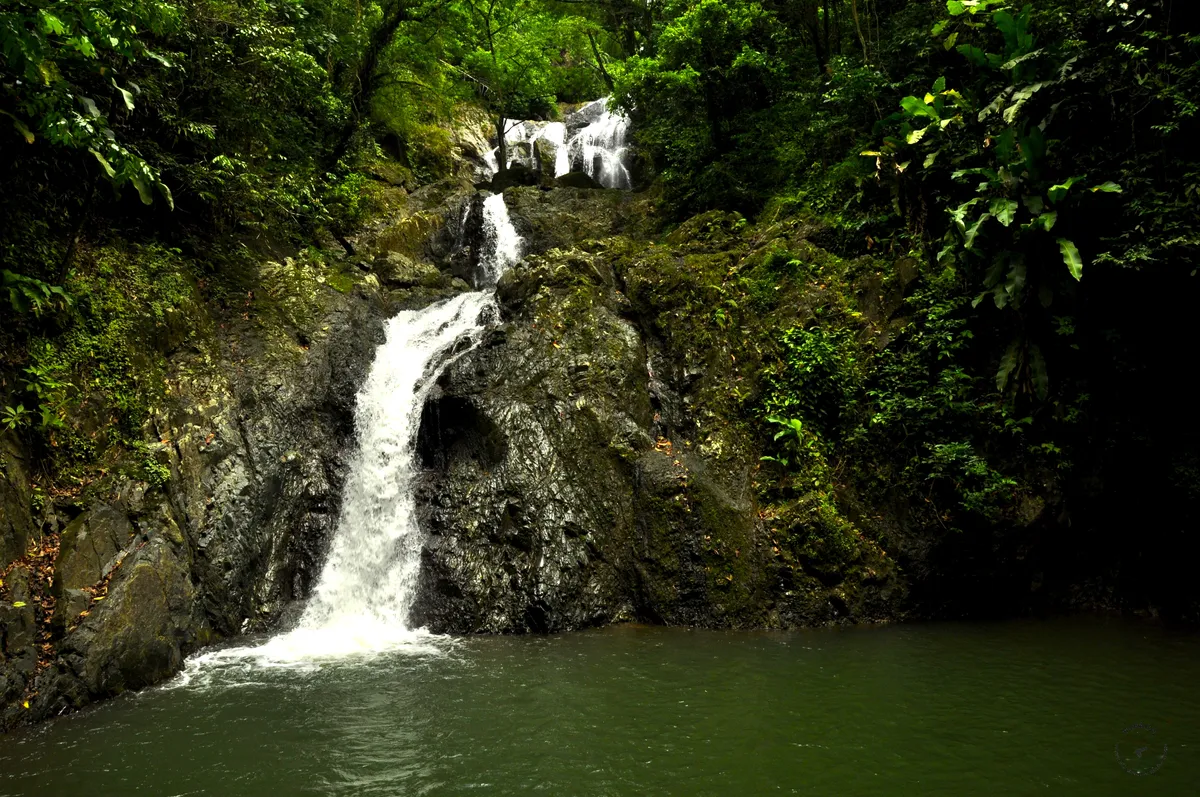
Little Tobago, lying off the north-east coast, hosts a range of seabird species; stop during the short boat crossing to snorkel the world’s largest brain corals and encounter brightly coloured parrotfish at Angel Reef.
There’s fine scuba-diving, too, particularly off the island’s northern tip from Speyside: swim among hawksbill turtles, nurse sharks, huge manta rays and kaleidoscopic reef fish.
For waterbirds – herons, grebes, ibis, ducks and more, plus possibly a basking caiman – try the unpromising-sounding Sewage Ponds.
In the island’s more-populated south-west, enjoy the extraordinary nocturnal experience of stand up paddle boarding or kayaking across the bioluminescent waters of Bon Accord Lagoon, admiring submarine fireworks – dinoflagellate plankton sparkling blue beneath the surface.
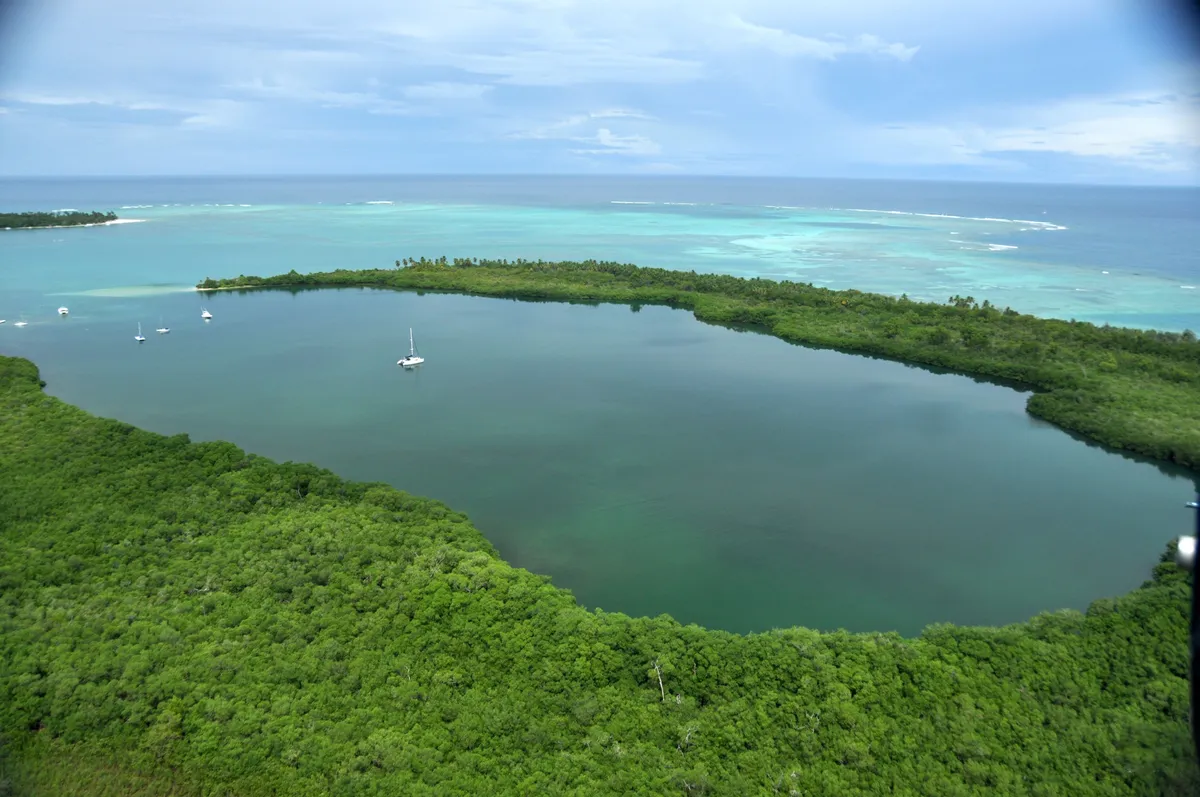
10 of the best species to spot in Tobago
White-tailed sabrewing, Campylopterus ensipennis
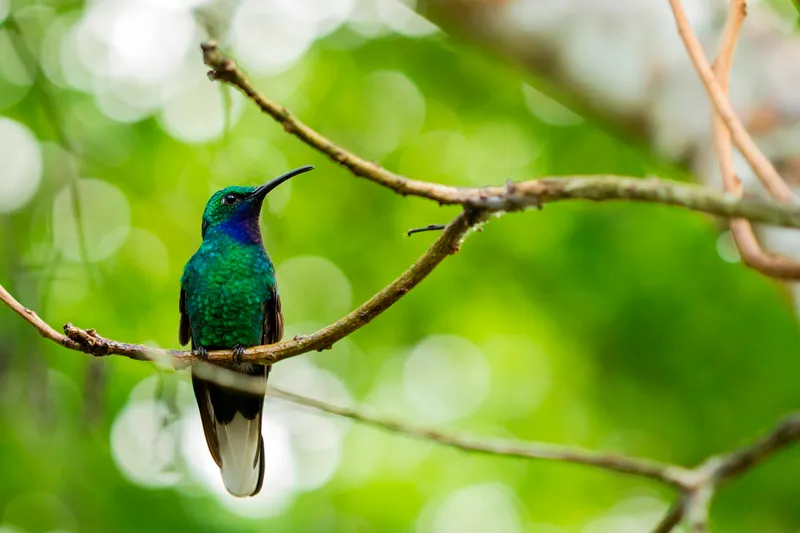
This large hummingbird – up to 14cm long – is easily recognised by its shimmering emerald-green plumage, white tail feathers and violet bib beneath a slender black bill. Classed as Near Threatened, the rarest of the island’s six species of hummingbird is also found in Venezuela but more easily spotted in Tobago, where it was believed extinct following the devastation wreaked by Hurricane Flora in 1963; rediscovered in 1974, an estimated 1,000-plus now flit through Main Ridge Forest Reserve. You’ve a good chance of seeing one sipping nectar from colourful blooms or, particularly during the nesting season (February–April), hawking for insects; you might also see males lekking or defending territory.
Red-billed tropicbird, Phaethon aethereus
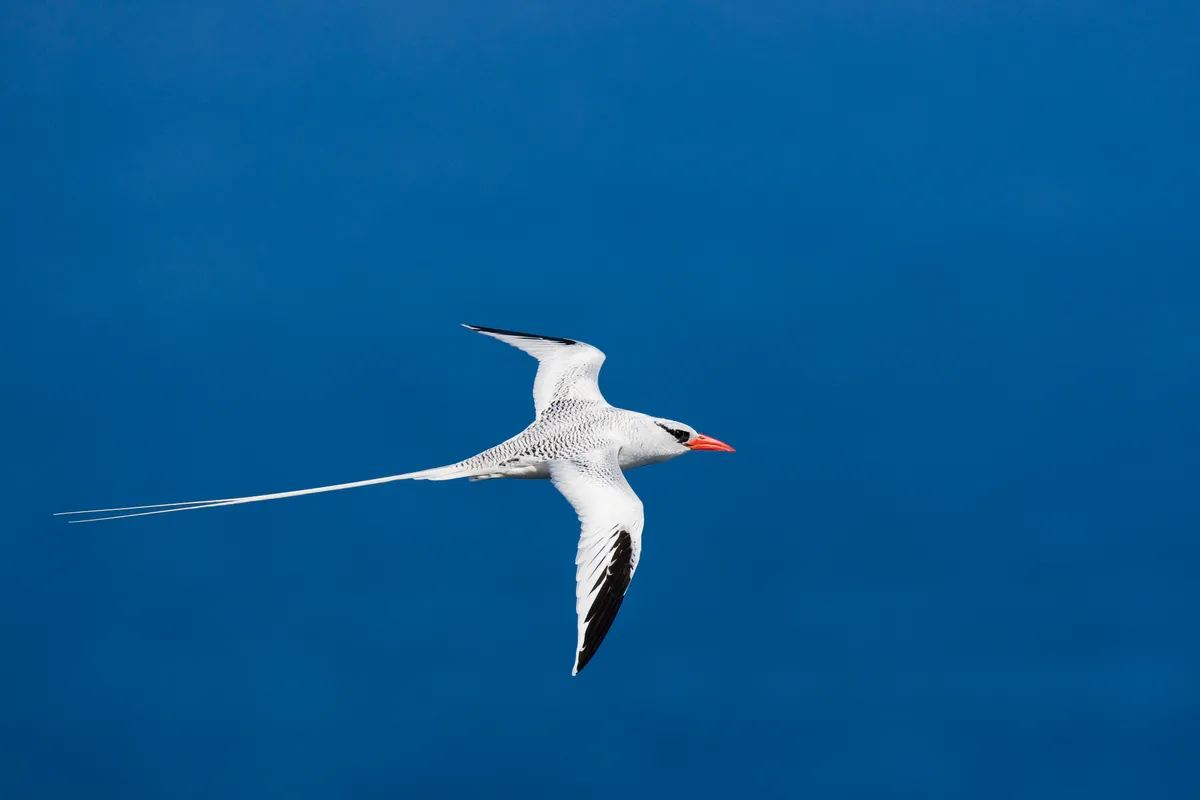
The distinguishing feature of this large, white tern-like seabird with conspicuous black bars along the forewings, black eyemask and bright red bill is the pair of long tail streamers that can comprise half its length, totalling 1m or more. Commonly seen soaring above Little Tobago, off the main island’s north-eastern tip, they are often targeted by the larger magnificent frigatebirds, black pirates that mug tropicbirds in an attempt to steal fish prey before it’s carried back to nestbound chicks.
Leatherback turtle, Dermochelys coriacea
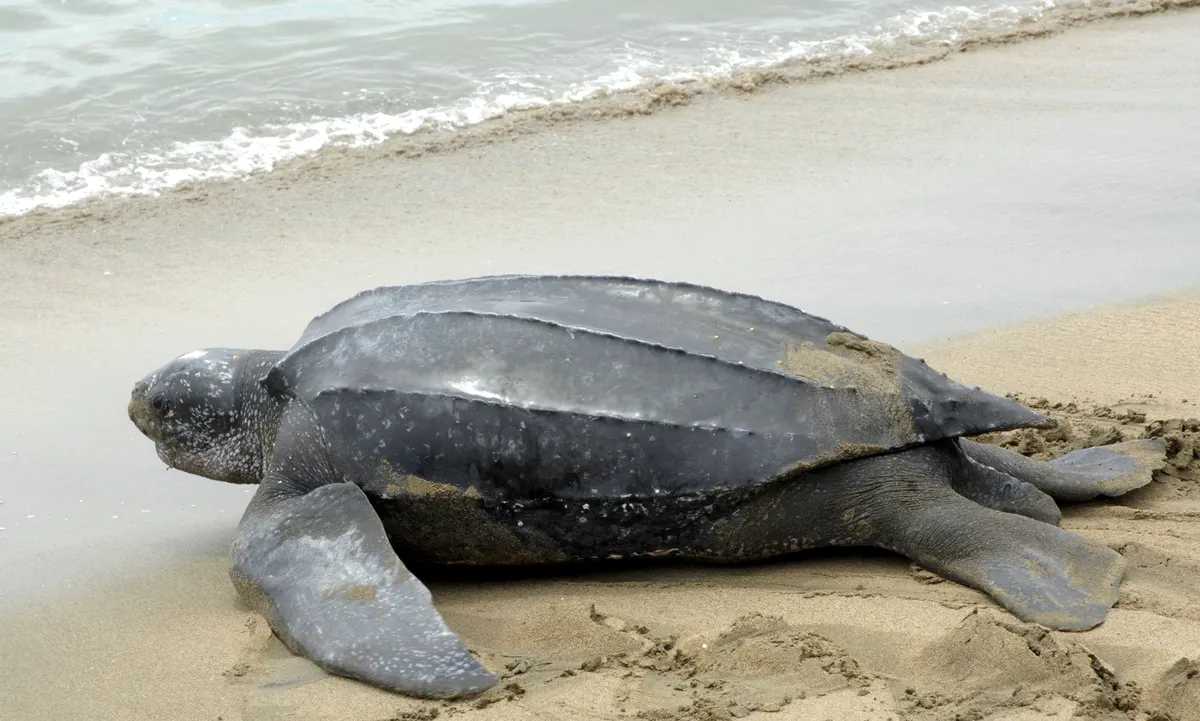
The planet’s largest extant sea turtle, growing to 2m long and weighing over half a tonne, swims thousands of miles across the Atlantic from disparate foraging grounds where it feeds largely on jellyfish, to lay its eggs in Tobago. During nesting season (March–August), a nocturnal visit to north-west coast beaches – most notably Great Courland Bay, known locally as Turtle Beach, but also glorious strands such as Englishman’s Bay – might reward with the sight of a female lumbering up the beach to dig a hole in which to deposit perhaps 80 eggs, or of tiny hatchlings scuttling towards the sea. Green and hawksbill turtles also visit Tobago’s waters. For turtle-watching tips and conservation information, visit: sos-tobago.org
Rufous-tailed jacamar, Galbula ruficauda
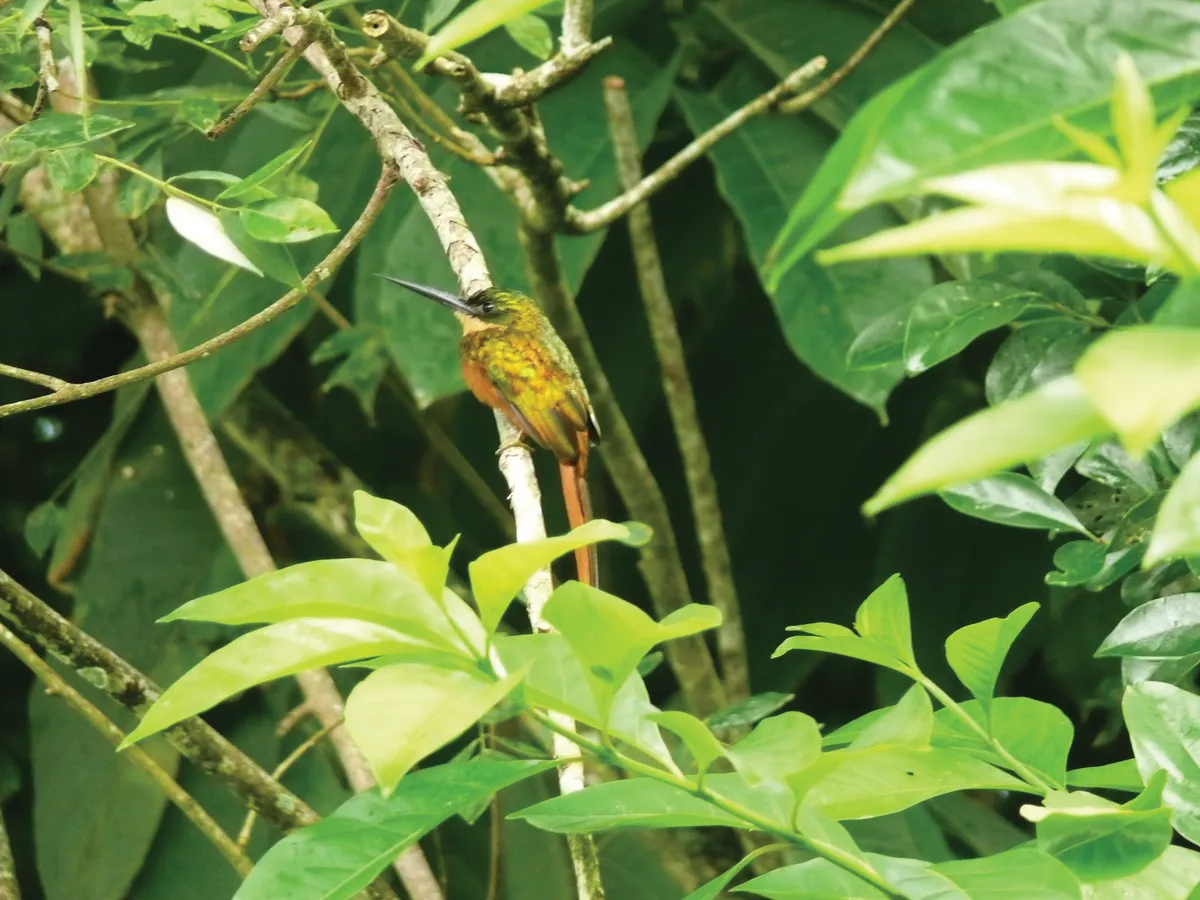
With its slender bill, long tail and vibrant metallic green and orange plumage, this gorgeous species rather resembles a large hummingbird. In fact, it’s an insectivore that flits through the trees in Main Ridge Forest Reserve.
Trinidad motmot, Momotus bahamensis

Despite its name, this national endemic is more commonly spotted in Tobago. And it’s well worth spotting: bright blue facial feathers fringe a black eyemask, while orange breast and neck plumage blends into green and then blue wings and a tail tipped with a pair of vivid blue spatulate feathers. Look out for them perched on branches in Main Ridge Forest Reserve, where you might also encounter the very similar blue-crowned motmot.
Manta ray, Mobula birostris
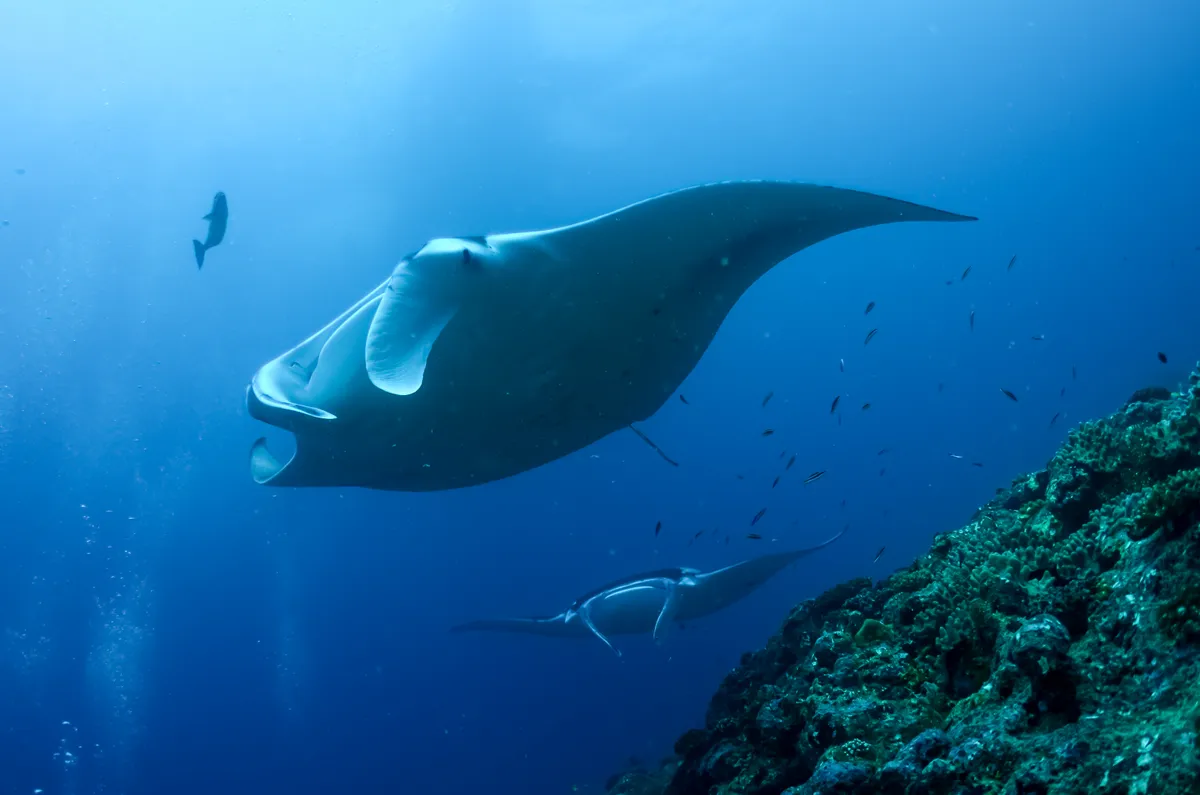
With a wingspan topping 4m, this vast pelagic behemoth is a major draw for scuba-divers. You might encounter a school at sites off Tobago’s north-east tip near Speyside, notably around Little Tobago, but they’re also seen elsewhere around the island’s shore. Smaller eagle rays and other species are commonly seen.
Blue-backed Manakin, Chiroxiphia pareola
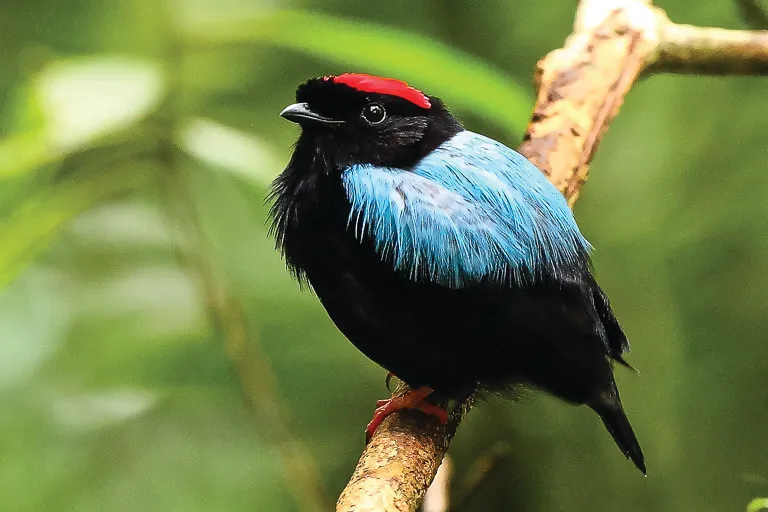
This little forest bird is striking not just for its vivid red crown and electric blue back, but also for the courtship behaviour of lekking males, which cooperate rather than compete for the attentions of females. Watch for a pair of hopeful males perched on a bare twig; as a female approaches, they perform a curious hopping dance, effectively turning cartwheels, or bounce back and forth. Again, Main Ridge Forest Reserve is a hotspot; follow the Gilpin Trace or Miss Mills Trail for a chance of enjoying the spectacle.
Rufous-vented chachalaca, Ortalis ruficauda
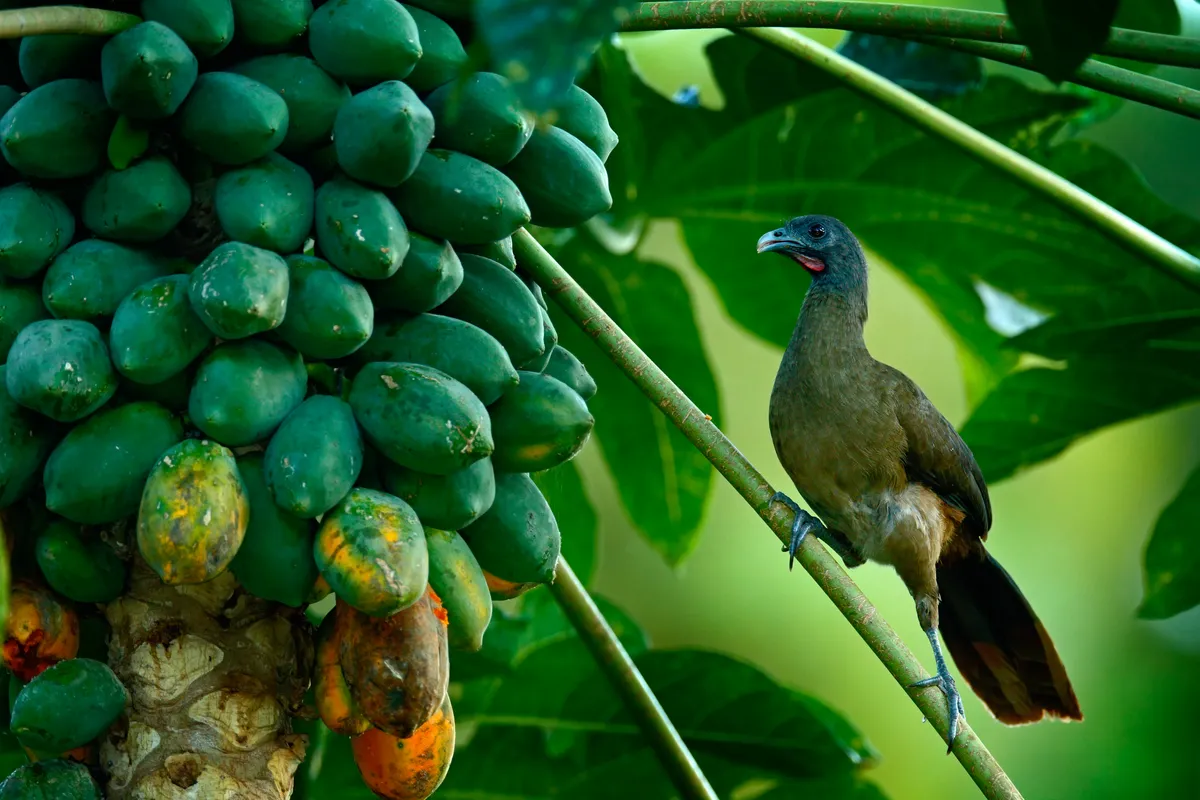
If you don’t see the rather ordinary-looking fowl, known locally as cocrico, you’ll almost certainly hear it: Tobago’s national bird, depicted on the island’s coat of arms, produces a raucous, screeching dawn chorus that provides a particularly piercing wake-up call. Growing to a little over half a metre long, with a small head perched on a long neck, strong legs and brown plumage – darker on its back and wings, paler beneath – it’s common in woodland and scrubby areas.
Collared trogon, Trogon collaris
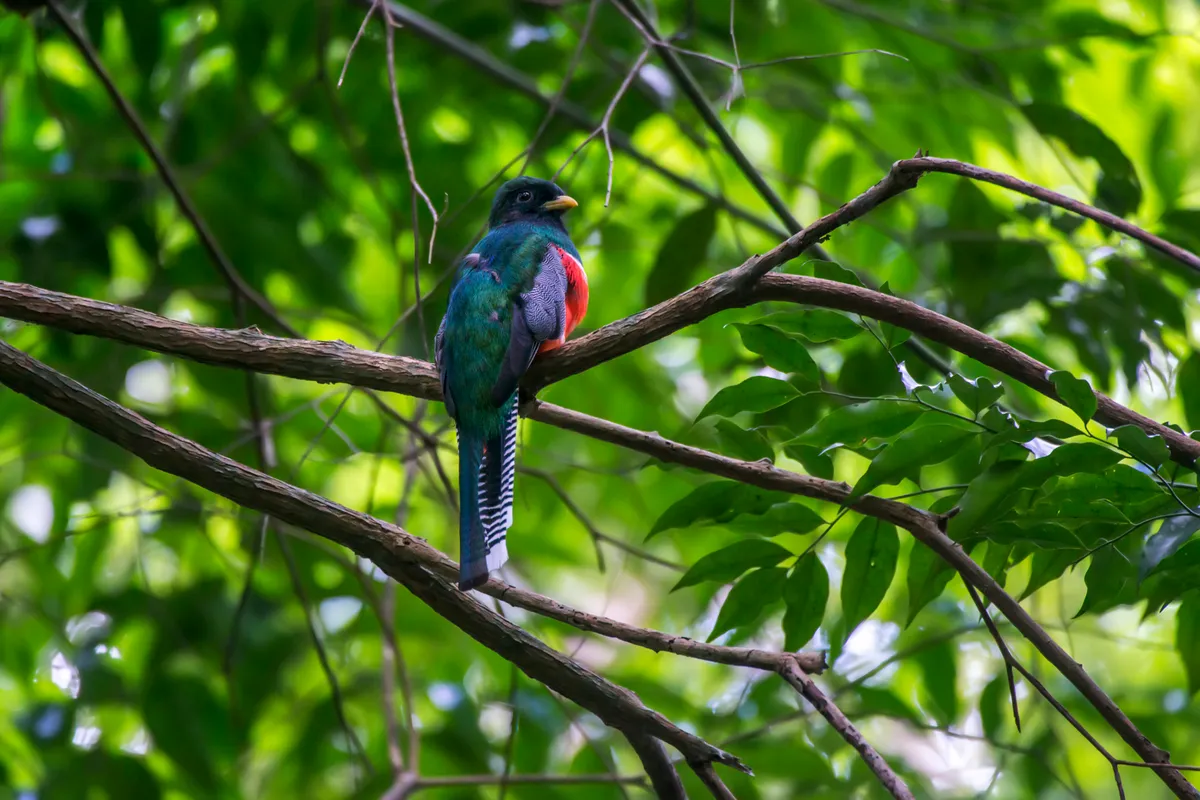
The male of this colourful creature is particularly splendid, its head, back and hood iridescent green, its breast bright red below the telltale white collar, and its white tail smartly striped with regular black bars. Being of a reasonable size – around 25cm long – and with a habit of perching motionless on branches, this insectivorous bird is fairly easy to see in Main Ridge Forest Reserve.
Boa constrictor, Boa constrictor
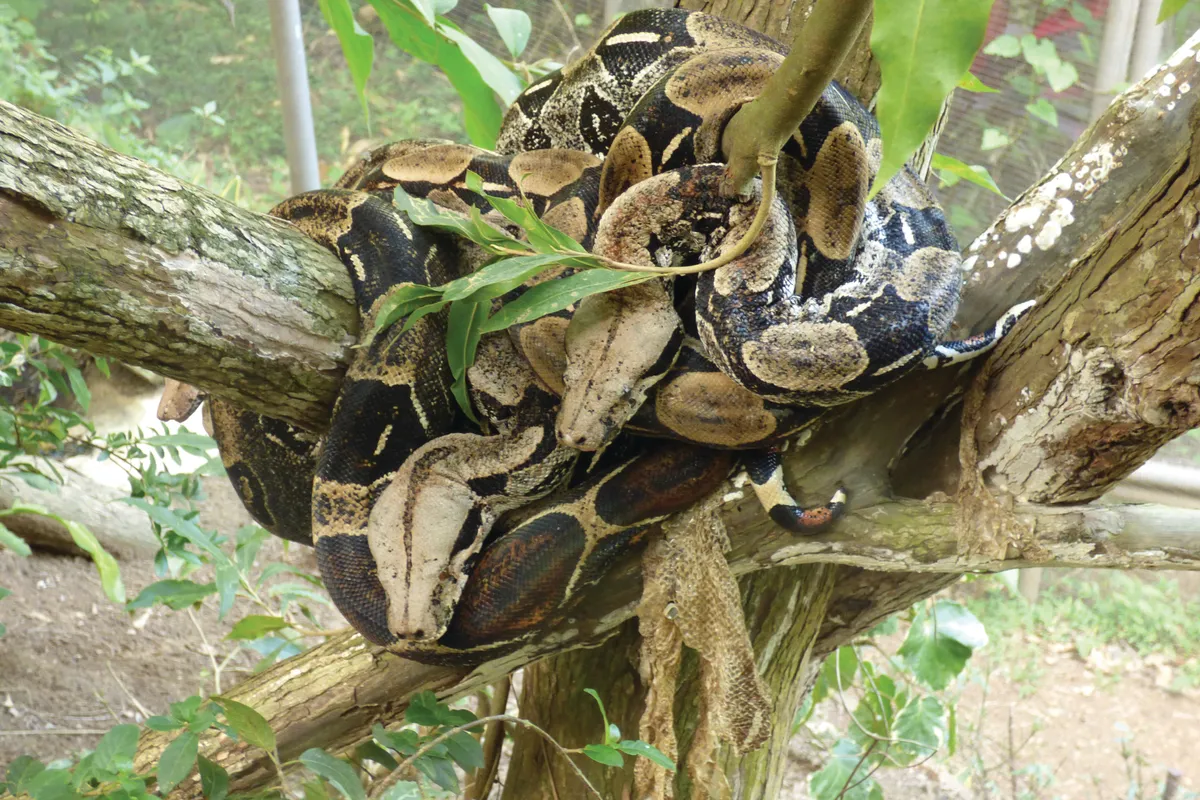
A reminder of Tobago’s proximity to South America is the presence of the huge (but non-venomous) snake known locally as the macajuel. This beautifully patterned reptile grows up to 4m long on the island, and can be seen on the ground or in branches in the Main Ridge Forest Reserve.
Be inspired: tobagobeyond.com
